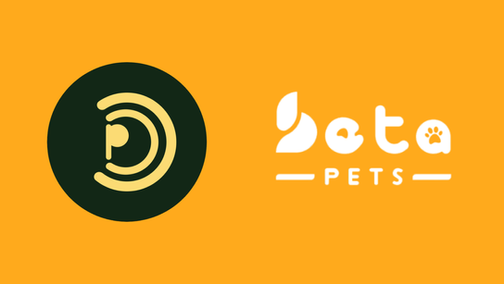Beta Pet Mart SEM
- Tsamarah Balqis
- 2 days ago
- 3 min read
Account restructureby product & intent
Conversion trackingPurchase events verified
ROAS liftfrom testing cadence
Meet Beta Pet Mart.
Beta Pet Mart sells pet supplements and freeze-dried treats. Growth potential was strong AOV and repeat purchase rates looked healthy but the search account was broad and noisy.
Campaigns mixed research and buying queries, Shopping wasn’t fully leveraged, and creative testing was ad-hoc. The team needed a structure that could scale profitably while keeping CPA under a strict ceiling.
The initial challenge.
Spend was bleeding into the wrong intent because broad, loosely themed ad groups mixed research traffic (“best supplements for dogs”, “homemade treats for itchy skin”) with buy-now queries (“freeze-dried chicken bites price”, “buy joint chews”).
That cocktail depressed CTR, nudged CPCs upward, and trained the algorithm on cheap clicks instead of profitable carts. Shopping was also underpowered: product titles were generic, a chunk of the catalogue lacked GTINs and key attributes, and several images failed Merchant Center quality rules, which capped impression eligibility and produced poor query matching.
Measurement issues amplified the pain. Add-to-cart, begin_checkout, and purchase events existed, but parameters were inconsistent across sessions and channels, and deduplication wasn’t airtight, so Google Ads “learned” from proxy signals like page depth and time on site.

Geo and device performance wasn’t segmented in a way that informed bidding; tablets rode along with mobile, and some regions with low conversion density absorbed budget because they looked cheap at the top of the funnel.
Creatives drifted into fatigue: headlines recycled benefits without referencing active offers or seasonal angles, so response rates slid even as costs rose. Finally, the business runs on promos and drops new flavours, seasonal bundles, limited runs yet there was no reliable way to surge budgets quickly, isolate results, and wind back down without polluting longer-term learnings.Promotions spiked interest, but the account couldn’t ring-fence that demand, so momentum dipped just when it should have compounded.
Our solutions.
We rebuilt the account around intent clarity and clean data. Search campaigns were reorganised by product category (joint care, skin & coat, freeze-dried treats) and funnel stage; high-intent terms lived in exact and phrase match within tightly themed ad groups, while discovery ran only where broad could be controlled by layered negatives and proven conversion themes.
Responsive Search Ads were rewritten from the product outward active ingredients, sourcing, format/texture, and pet-parent outcomes then paired with consistent extensions: sitelinks to best-sellers and FAQs, callouts for guarantees and shipping thresholds, and promo extensions that switch on the moment offers go live. In GA4 and GTM we repaired conversion tracking end-to-end so purchases, not proxies, drive bidding: event parameters were validated, cross-domain behaviour cleaned up, and naming aligned so cart actions and orders are distinct and deduplicated.
Audience layers brought discipline without overfitting: in-market pet owners and past engagers informed bids at auction time, while new-user prospecting remained the primary goal to protect ROAS as we scaled.
On Shopping, we treated the feed like a product shelf. Titles were rewritten to lead with species + format + key benefit (“Dog | Freeze-Dried Bites | Joint Support”), attributes were completed (brand, size/weight, flavour, life stage, age range), GTIN/MPN coverage was expanded, and non-compliant images were replaced with clean, high-res versions.
We used feed rules and a supplemental feed to standardise variants and inject missing details, then cleared diagnostics so matching improved and disapprovals stopped throttling volume.
Custom labels categorised margin tiers, bundles, and seasonal SKUs, giving us the levers to push profitable lines during promos without muddying the catalogue. We implemented campaign priority tiers for Shopping (high/medium/low) so generic queries hit the correct layer, and we staged bidding: start manual CPC + eCPC to collect clean signals, then graduate to tROAS portfolios once conversion density and attribution quality stabilised.
Geo, device, and day-part adjustments were based on verified purchase clusters, not vanity metrics, and we separated new vs returning users so loyalty didn’t mask acquisition costs.
To tame promotions, we spun up isolated “surge” campaigns with their own budgets, labels, and promo extensions, letting us accelerate when a drop hit, measure cleanly, and then fold winning queries and SKUs back into the always-on structure without corrupting its learning.
A light governance layer naming conventions, a weekly search-term mining routine, and dashboards that show ROAS and CPA by query theme, geo, device, and audience made optimisation predictable.
The outcome is an engine that pays for purchases and ROAS, not activity: cleaner queries, fully eligible Shopping inventory with better matching, and a repeatable cadence to scale promos without sacrificing efficiency.














